Not getting birds at your feeder? Check to see if you’re making one or more of these common bird feeding mistakes. Just a few tweaks to your backyard birding regimen could have significant results—you’ll start to see more birds, and more species, in your garden or yard. Happy backyard birding!
Using Only One Type of Bird Feeder or Feed
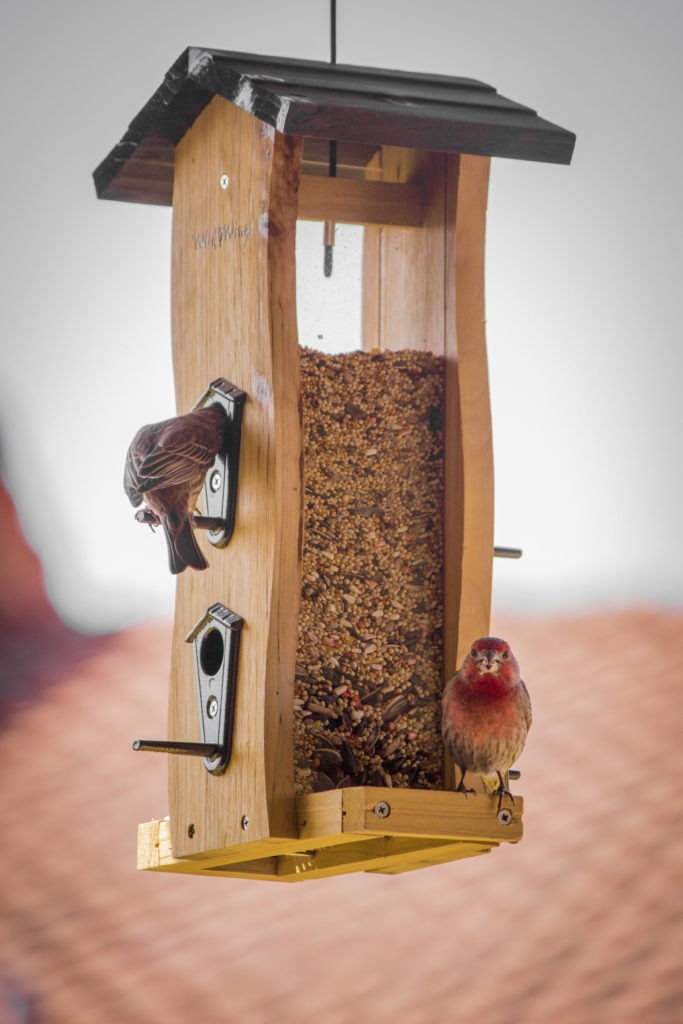
If you wish to attract a wider variety of birds, you need to start at your feeders. Different species have different feeding styles and food preferences, so it stands to reason that they’ll pass your feeder by if it’s not meeting their needs. For example, smaller birds like sparrows and chickadees are more likely to feed at tube bird feeders filled with seed, whereas finches prefer Nyjer bird feeders. Suet bird feeders will attract suet lovers like woodpeckers, nuthatches, and wrens. Platform, or tray, bird feeders are like the catch-all feeder, and you will attract all sizes and types of birds—but also squirrels and other wildlife, so it’s a good idea to add a baffle or dome (or both) to prevent their access to the feeder.
Want to attract a specific type of bird to your feeder? Check out our post on which kinds of food attract which birds, and other fun feeding facts.
Hanging Your Feeder in the Wrong Place
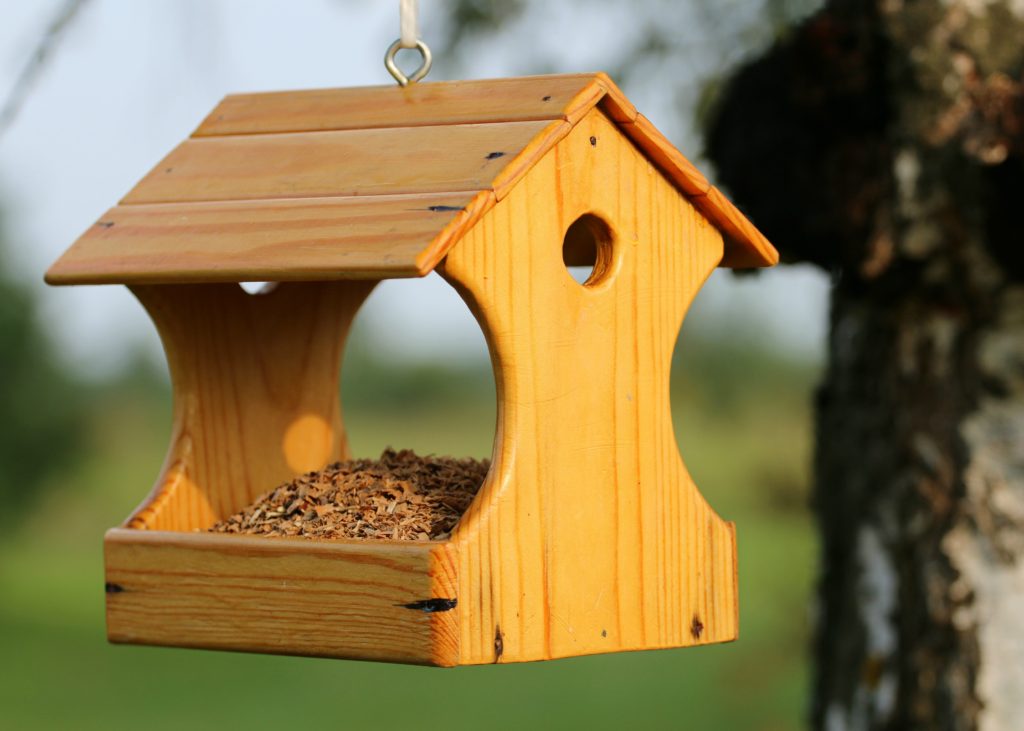
Birds are a lot like us: when looking for a place to rest, they look for somewhere safe and without lots of noise and traffic. If your feeder is hung in a place that gets a lot of traffic—human or car—or if its exposed to the elements and predators, birds will likely pass it by.
Instead, think like a bird and place your feeder where there is natural shelter (like a tree or thick shrub) nearby. Make sure that it’s a quiet area away from a lot of activity, and without a lot of noise—for example, away from windchimes, your garage door, your kids’ play structure, etc. Your feeder also needs to be visible to birds as they fly by, so we recommend placing it in a sunny, open area, but about 10-12 feet away from trees, branches, or other forms of shelter, so they can quickly shelter away from predators and inclement weather.
Not Cleaning Bird Feeders Regularly
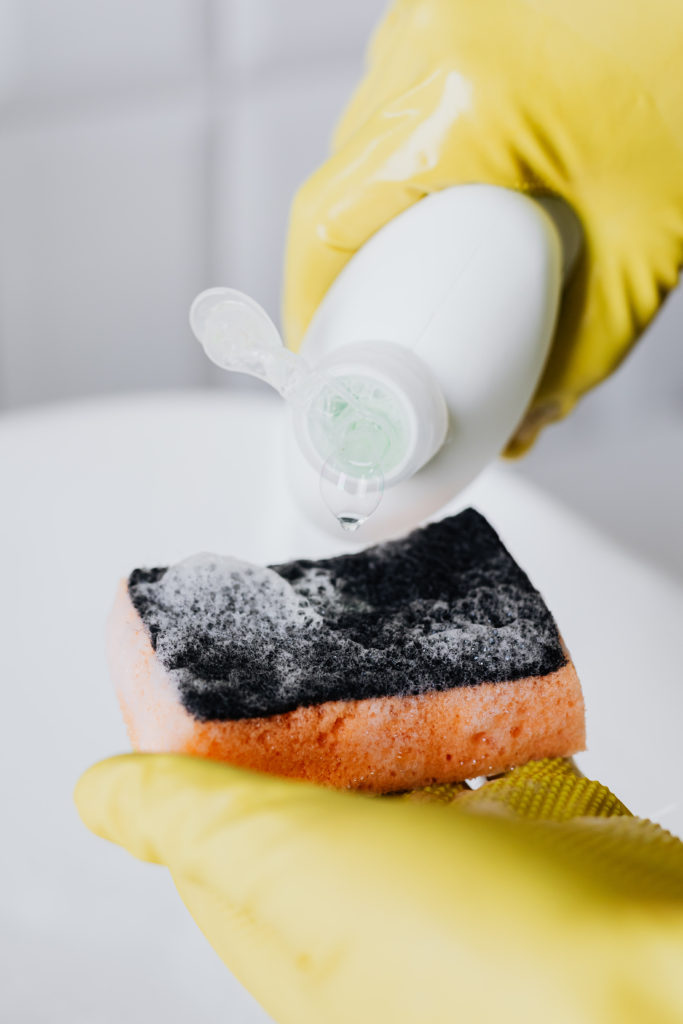
Not only will cleaning your bird feeders regularly attract more birds, but it will prevent the spread of disease among the bird population. A good rule of thumb is to clean your feeders out at least once a month (though weekly is cleaning is ideal—especially in wet or snowy weather). Use hot water and soap, scrubbing and rinsing well to get rid of harmful bacteria and mold. Make sure that your feeder is completely dried out before refilling.
Don’t forget to clean under your feeders as well! Spilled seed, empty hulls, and other mess can attract rats and other rodents. To prevent this, regularly sweep and/or use a seed tray to catch most of the mess before it hits the ground.
Not Offering Water
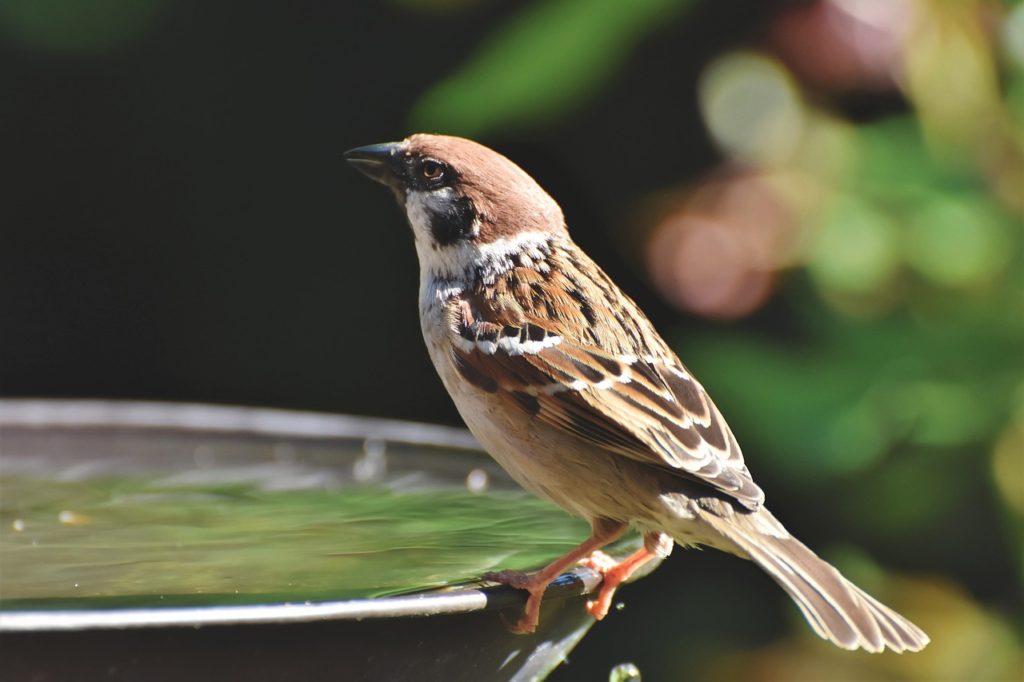
It’s a common myth that birds only need water in the spring and summer—in fact, like us, they need it year ‘round! Attract more birds to your yard with a birdbath or fountain. Birds will see the glint of sunlight off the water and hear the trickling noise as they fly by and stop to investigate. Whatever water source you choose, keep the water shallow (about 3” or less) so that birds can get in and out with ease as they drink and bathe. It’s also good practice to place a flat stone or some other object they can perch on as they drink.
Keep the water fresh (and pests like mosquitos away) by changing it every two to four days. For best results, clean your birdbath or fountain each time before refilling it, using a mix of nine parts water and one part vinegar.
Filling Feeders with Low-Quality Bird Seed
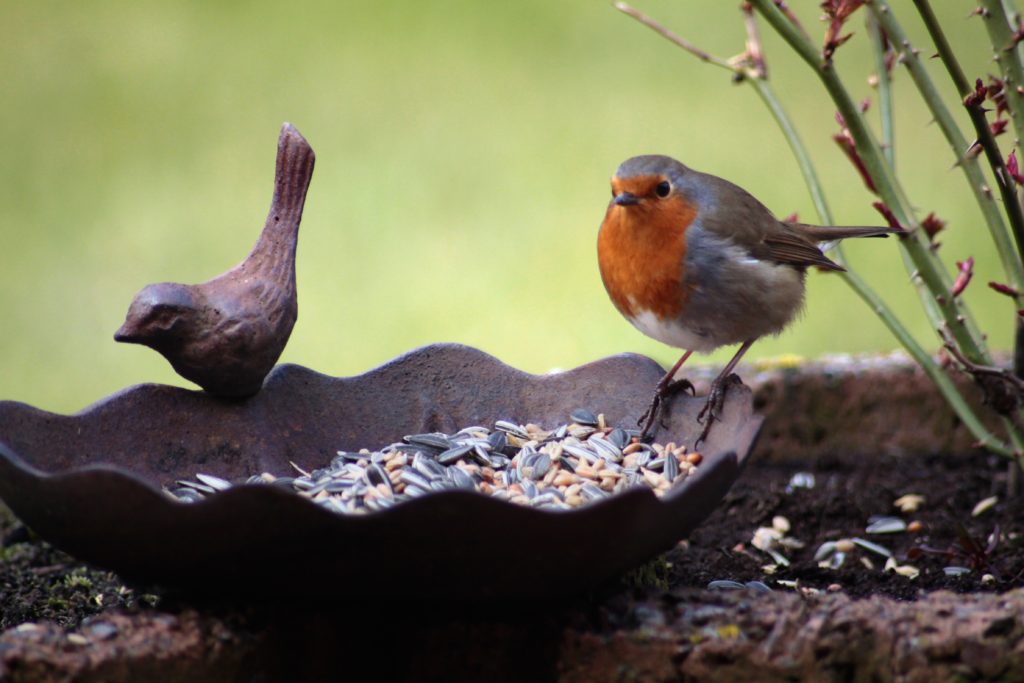
Birds not coming around as much as they used to? Lots of mess under your feeders? It might be because of the seed you’re using. Cheap bird seed and mixes have lots of fillers that most birds will either reject outright or leave behind—as a mess under your feeders after rifling for the good stuff. Instead, invest in no-waste bird seed mixes that will attract more, and more species of, birds. These mixes are filled with nutrient-dense ingredients birds love, like sunflower seed, Nyjer seed, peanuts, and more. Plus, since birds will eat all of the seed and leave minimal mess, you’re saving money and cleaning time using premium bird seed.
Get More Bird Tips from Our Bird Experts!
Want to learn more about birds and local wildlife? Join Chirp Nature Center for one of our virtual Bird Walks or Bird Talks! Check here for our upcoming events calendar. All bird and nature lovers welcome!

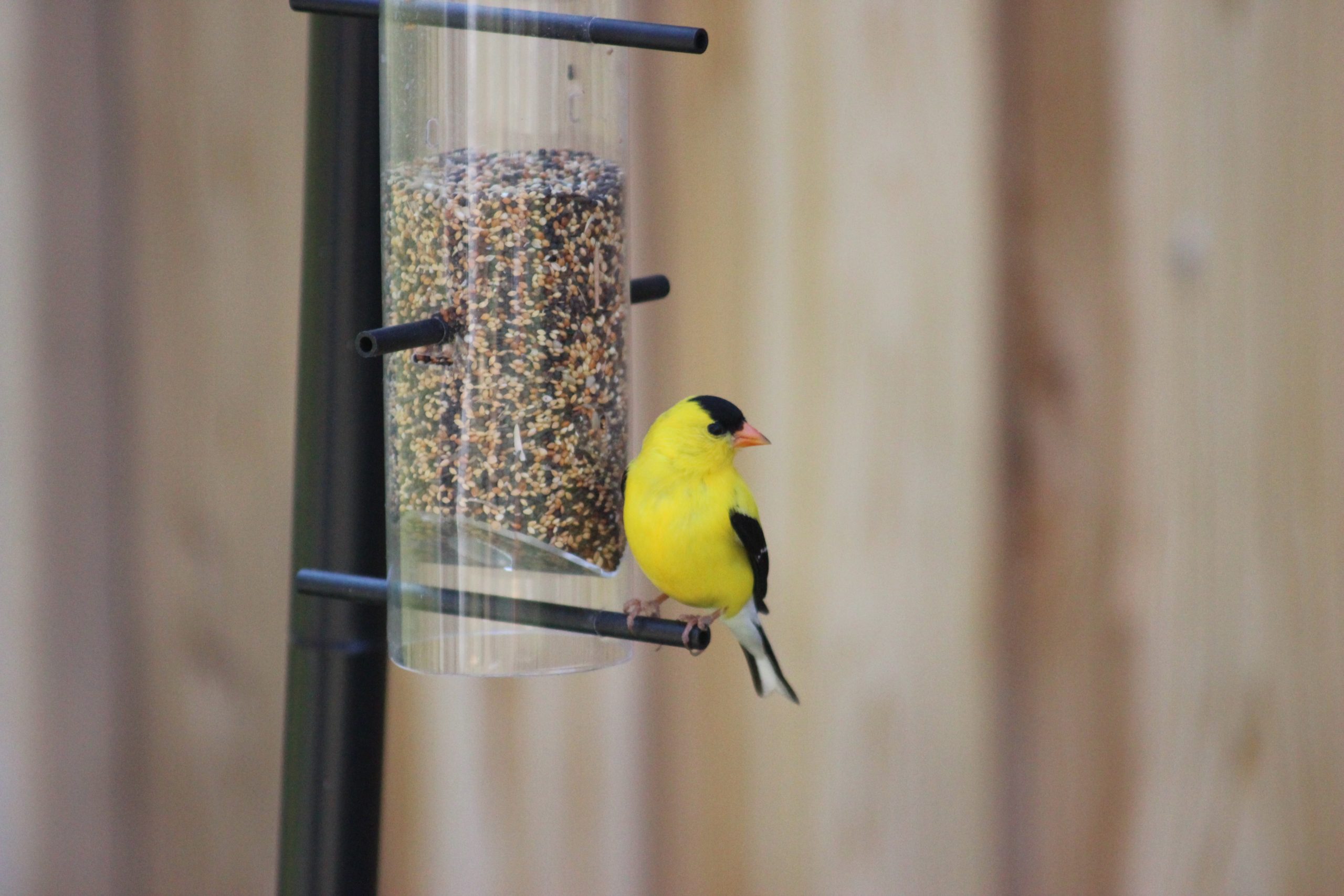

2 comments
I have tube feeders and can’t get the inside clean. They don’t fit in my sink so it is hard to soak them. What do you suggest?
You might try a trash can for soaking, maybe a vinegar and soap solution, and some sort of long bristle brush, which we can show you next time you are in. Sometimes a high pressure spray helps too.